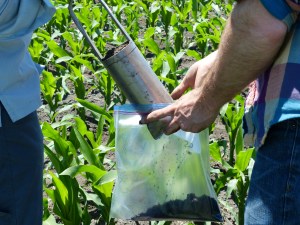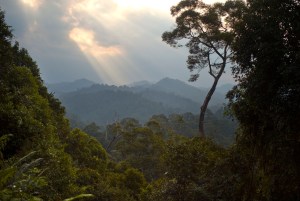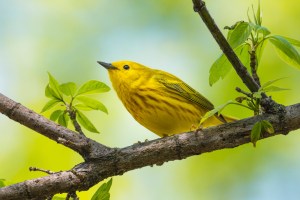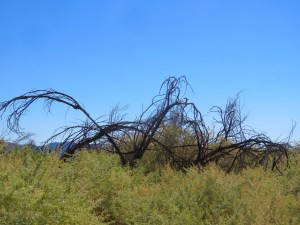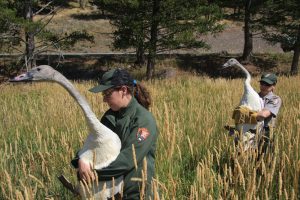Discover stories in Climate Change
Biodiversity Conservation in the Age of Climate Change
An international team of researchers argues that the twin goals of climate change adaptation and biodiversity conservation must become the combined foundation of marine management and ocean conservation efforts.
Soil Carbon: Complexity, Context + A Way Forward
Researchers highlight agreements and uncertainties around soil carbon and argue that “action can happen despite unanswered scientific questions.”
Emerging Science Explores Ways to Help Make Green Energy Tech Greener
TNC NatureNet Science Fellow Robert Higgins describes an environmentally friendly way to extract the rare-earth minerals that are critical to green energy technologies, from wind turbines to hydrogen-powered cars.
Incorporating Conservation Into Public Health Frameworks
New research incorporates conservation considerations into occupational health and safety frameworks.
Planning for the Future in a Warming Ocean
As climate change makes natural systems more unpredictable, the past is no longer a reliable predictor of the future
How Much Does It Cost to Save Tropical Forests and Prevent Climate Change?
New research directly compares, for the first time, how much carbon dioxide could be removed from the atmosphere by both tropical reforestation and deforestation.
Trees in the US Annually Prevent 1,200 Deaths During Heat Waves
High temperatures are often the greatest weather-related public health threat. Trees can help.
Can Migrating Birds Adapt To Climate Change?
Migratory birds are facing changing insect hatches and tree blooms. How can they adapt? And how can you help?
The Seed Collectors
Seed collections have helped us understand biodiversity for decades. Now they’re also helping us understand climate change.
A Tale of Two Paths to the World in 2050
Can the world actually meet people’s needs for food, water and energy while doing more to protect nature? Is it even theoretically possible? New science says, Yes, but there are a lot strings attached.
The Mystery of the Dying Mesquites
If a tree dies in the desert, will anyone notice before it’s too late?
Why are Yellowstone’s Swans Disappearing?
Yellowstone, the place that saved trumpeter swans, is now losing them.

